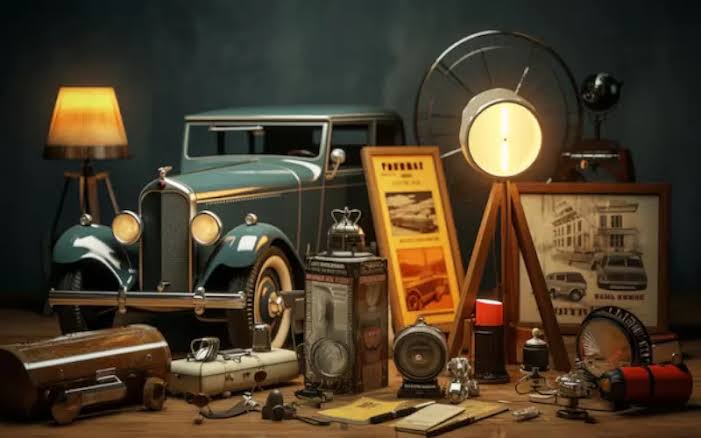Vintage photos hold a certain charm, don’t they? Whether it’s the sepia tones that feel like a window to the past or the timeless memories they capture, there’s something magical about them. However, if you’ve ever come across old photographs, you might notice a distinct brown pigment that seems to coat the images. Why do these photos look so different from the vibrant pictures we take today? Let’s dive into the fascinating world of brown pigment in vintage photos to explore its causes, significance, and how it shapes the way we preserve history.
Why Do Vintage Photos Turn Brown?
The brown pigment seen in vintage photographs is often a result of the photographic processes used during the 19th and early 20th centuries. Back then, photographers didn’t have the luxury of digital cameras or Instagram filters. Instead, they relied on a variety of chemical processes, which, over time, contributed to the brownish tones we see today.
One of the key culprits behind this effect is a technique called albumen printing, which was widely used in the 19th century. This process used egg whites (albumen) and silver nitrate to develop photographs. Over time, as these chemicals reacted with light and air, the image would fade into the warm brown hues we often associate with antique photos.
The Role of Sepia Toning in Brown Pigments
Another major factor that contributes to the brown pigment in vintage photos is sepia toning. This method, used primarily to extend the life of the photographs, involved treating black-and-white images with a chemical solution that transformed the silver particles in the photo into silver sulfide. Silver sulfide is much more resistant to fading, which is why sepia-toned images have lasted as long as they have. The side effect? That signature brown tint.
This brown pigment wasn’t just an accident—it was, in some cases, an intentional artistic choice. The sepia tone gave photographs a more artistic, nostalgic feel, which people appreciated back then—and still do today.
Environmental Factors That Enhance Brown Pigments
While the original chemical processes set the stage for brown pigments, environmental factors also play a crucial role. Exposure to light, heat, humidity, and air pollutants can accelerate the degradation of photos, causing them to yellow or turn brown over time. The chemical breakdown of materials in the photo leads to a discoloration, especially in poorly preserved images. In some cases, improperly stored photographs can develop darker, uneven brown patches due to oxidation.
Preserving Vintage Photos and Preventing Further Browning
Given how time and the environment can affect photos, what can be done to preserve them? Here are some quick tips to keep those cherished vintage images safe:
- Store in cool, dry places: Heat and humidity are enemies of old photographs. A cool, dry environment will help prevent further deterioration.
- Avoid direct sunlight: UV rays from the sun can cause photos to fade and the brown pigment to darken.
- Use archival materials: If you’re storing or framing vintage photos, always opt for acid-free paper and materials to avoid damaging the image further.
- Digitize your collection: Scanning and digitally restoring your old photos is a great way to preserve them forever.
The Emotional Appeal of Brown Pigment in Vintage Photos
Despite modern technology and high-definition photography, many people still love the look of these brown-tinted images. There’s something deeply nostalgic and emotional about a photo that has aged gracefully, carrying with it the weight of time. The soft brown tones make these photos feel like they’ve lived a life, just like the people they depict.
It’s funny how the very elements that make these photos “imperfect” by today’s standards are what give them their unique character. That warm brown pigment? It’s a bridge to the past, a reminder of the times before color photography and Photoshop.
Why Understanding Brown Pigment Matters
You might wonder, why does it matter to understand brown pigment in vintage photos? Well, by recognizing the factors behind the discoloration, we gain a deeper appreciation of both the art and science of photography. We’re reminded that these images are more than just pictures—they’re pieces of history. And like all history, they require care, attention, and respect to survive the test of time.
Conclusion
The brown pigment in vintage photos isn’t just a random flaw; it’s the result of a combination of early photographic techniques, chemical reactions, and the natural aging process. While it can sometimes feel like a flaw, it also adds a unique charm and depth to these precious memories. Whether you’re an enthusiast of historical photography or someone with a box of family photos in the attic, understanding what causes these color changes can help you preserve and appreciate the beauty of vintage images for years to come.


